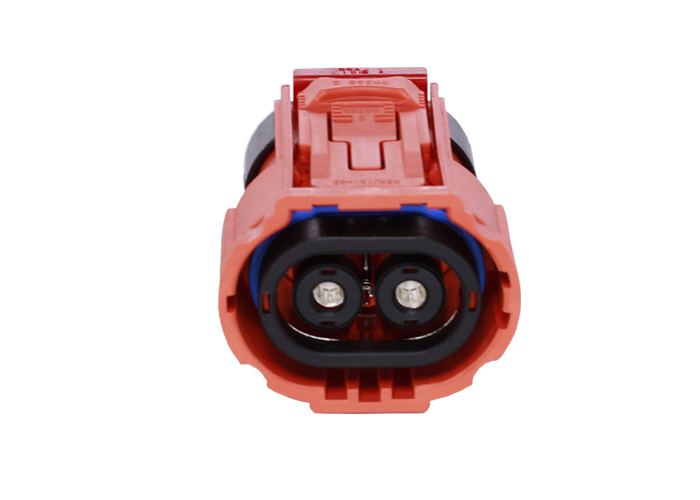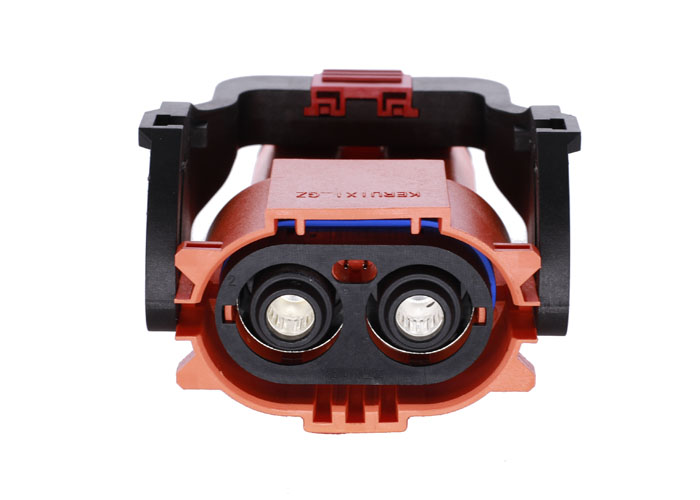- Have any questions?
- +86-13173007052
- sales@cnconnectors.com
Three basic properties of connectors

How to check car wiring harness
06/22/2021
Performance of battery power connector contacts
06/25/2021Three basic properties of connectors
The basic properties of connectors can be divided into three broad categories: mechanical, electrical and environmental properties.
1. Mechanical Properties In terms of connection function, the insertion force is an important mechanical property.
Plugging force is divided into insertion force and pull out force (pull out force is also called separation force), the requirements of the two are different. Maximum insertion force and minimum separation force are specified in the relevant standards, which indicates that the insertion force should be small (hence the structure of low insertion force LIF and no insertion force ZIF) from an operational point of view, and that the separation force should be too small, which would affect the reliability of the contact.
Another important mechanical property is the mechanical life of the connector. Mechanical life is actually a durability indicator, referred to as mechanical operation in GB5095. It takes one insert and one pull out as a cycle, and the connector can normally complete its connection function (such as contact resistance value) as the judging basis after the specified insert and pull out cycle.
The insertion and extraction force and mechanical life of the connector are related to the structure of the contact parts (positive pressure), the coating quality of the contact parts (sliding friction coefficient) and the dimensional accuracy of the contact parts arrangement (alignment).
2. Electrical properties The main electrical properties of a connector include contact resistance, insulation resistance, and electrical strength.
High quality electrical connectors should have low and stable contact resistance. The contact resistance of the connector varies from a few milliohms to tens of milliohms.
(2) Insulation resistance is an indicator of insulation performance between electrical connector contacts and between contacts and housing. Its order of magnitude is from hundreds of megohm to thousands of megohm.
(3) Electrical strength or voltage resistance, medium voltage resistance, is a characterization of the connector between the contact parts or between the contact parts and the shell to withstand the rated test voltage.
④ Other electrical properties.
EMI leakage attenuation is to evaluate the electromagnetic interference shielding effect of the connector, which is generally tested within the frequency range of 100MHz~10GHz.
For RF coaxial connectors, there are characteristic impedance, insertion loss, reflection coefficient, voltage standing wave ratio (VSWR) and other electrical indicators. Due to the development of digital technology, in order to connect and transmit high-speed digital pulse signals, a new type of connector, namely high-speed signal connector, appears. Accordingly, in terms of electrical performance, in addition to characteristic impedance, there are also some new electrical indicators, such as crosstalk, transmission delay, skew, etc.
3. Environmental Performance Common environmental performance includes resistance to temperature, moisture, salt spray, vibration and impact, etc.
At present, the maximum working temperature of the connector is 200℃ (except for a few high temperature special connectors), and the minimum temperature is -65℃. As the connector works, the current produces heat at the contact point, resulting in temperature rise, so it is generally believed that the working temperature should be equal to the sum of the ambient temperature and the temperature rise of the contact point. In some specifications, the maximum allowable temperature rise of the connector at the rated operating current is specified.
The invasion of moisture resistance will affect the insulation performance of H connection, and rust metal parts. Constant humidity and heat test conditions are relative humidity 90%~95% (according to the product specifications, up to 98%), temperature +40±20℃, the test time according to the product regulations, at least 96 hours. Alternating humidity and heat tests are more severe.
(3) salt spray resistance connector in the environment containing moisture and salt work, the metal structure parts, contact parts surface treatment layer may produce electrochemical corrosion, affect the physical and electrical properties of the connector. In order to evaluate the ability of electrical connectors to withstand this environment, a salt spray test is prescribed. It is the connector is suspended in a temperature-controlled test chamber, with a specified concentration of sodium chloride solution with compressed air ejected, the formation of salt mist atmosphere, the exposure time by the product specification, at least 48 hours.
Vibration and impact resistance is an important performance of electrical connectors, especially important in special application environments such as aviation and aerospace, railway and road transportation, it is an important indicator to test the mechanical structure of electrical connectors and electrical contact reliability of the robustness. There are clear provisions in the relevant test methods. The peak acceleration, duration, impulse waveform and interruption time of electrical continuity shall be specified in the impact test.
Other environmental performance according to the use of requirements, other environmental performance of electrical connectors and sealing (air leakage, liquid pressure), liquid impregnation (resistance to specific liquid), low pressure and so on.


